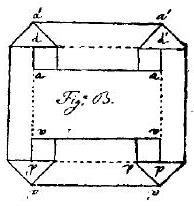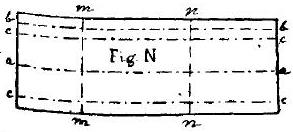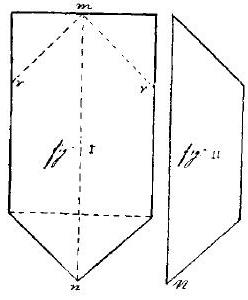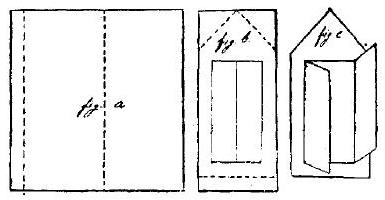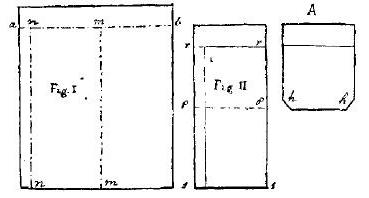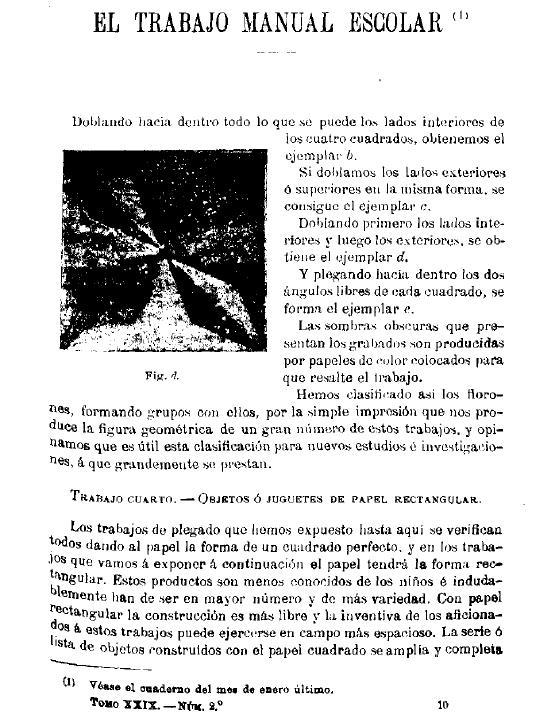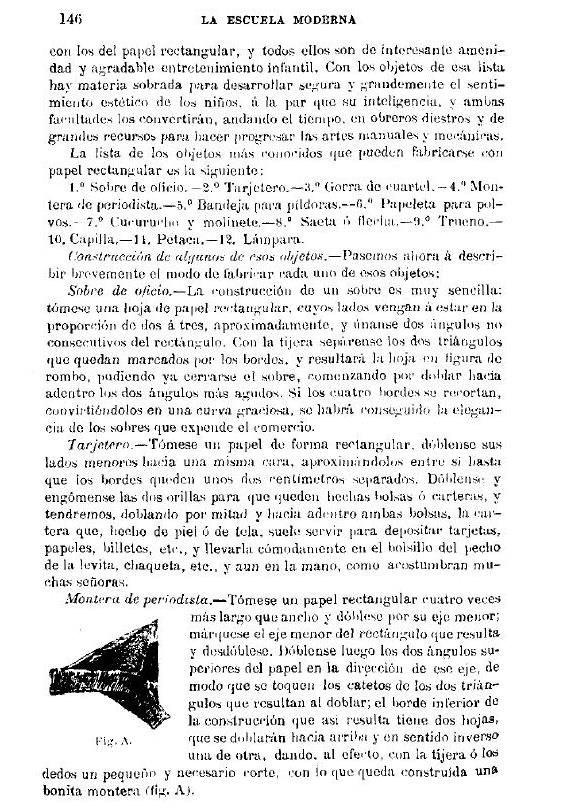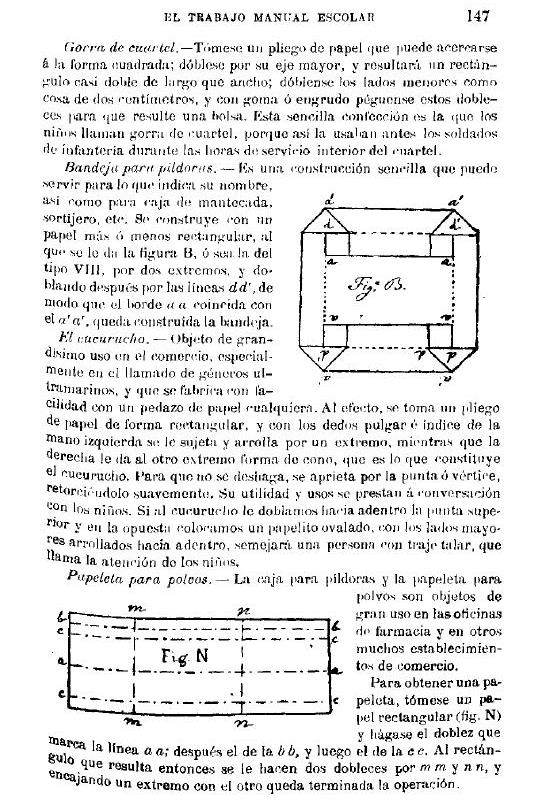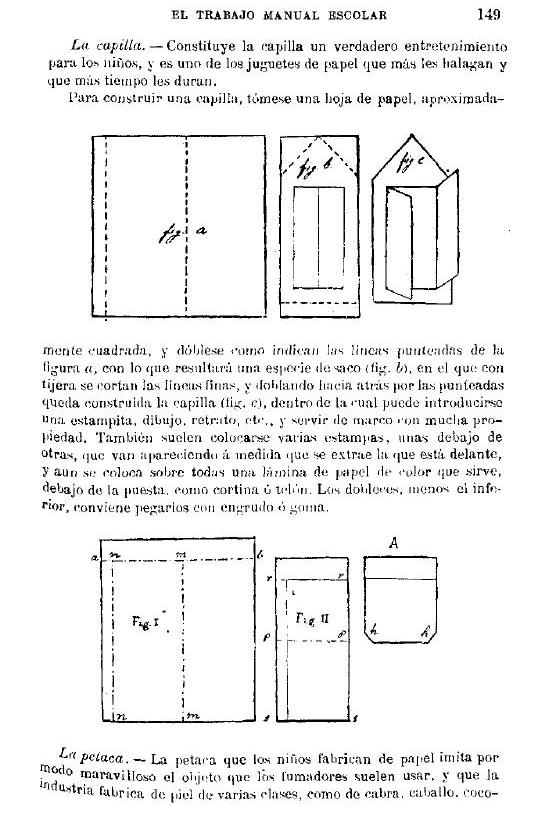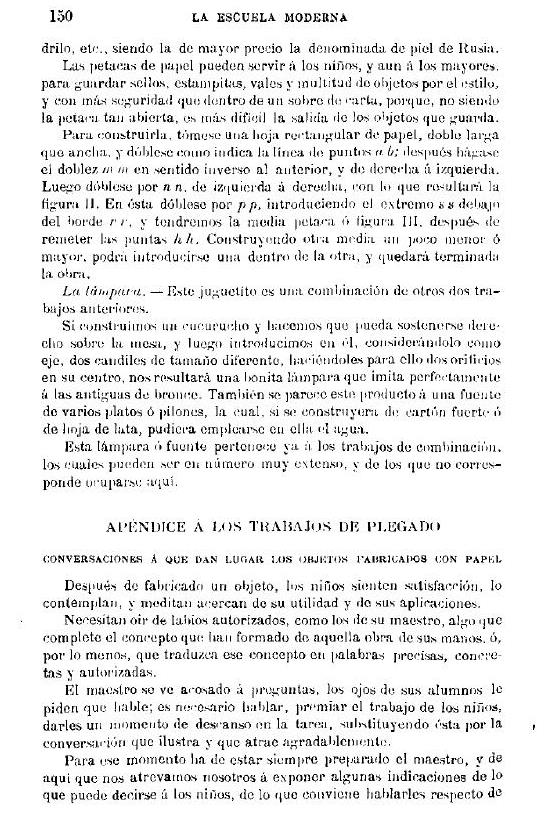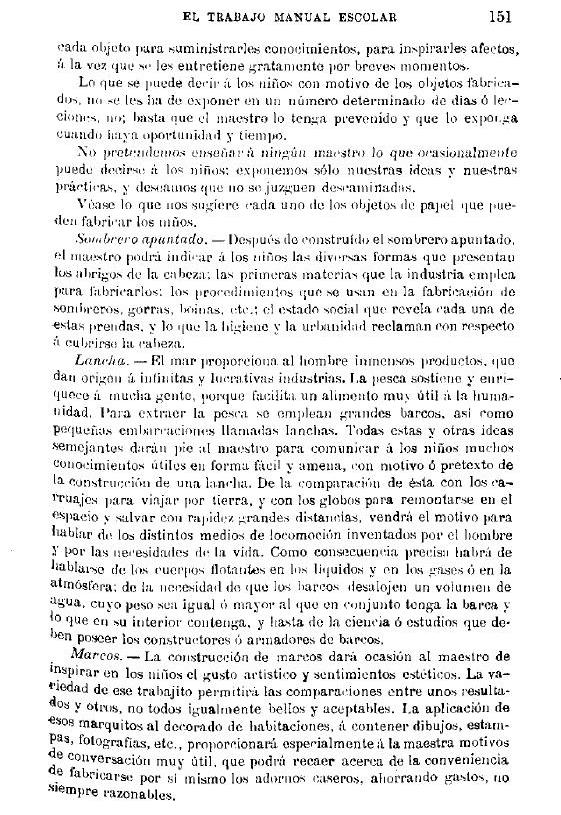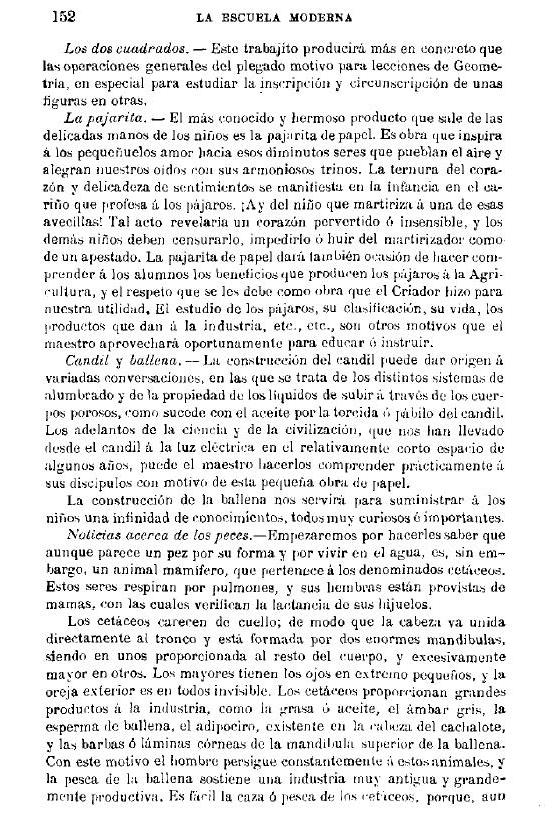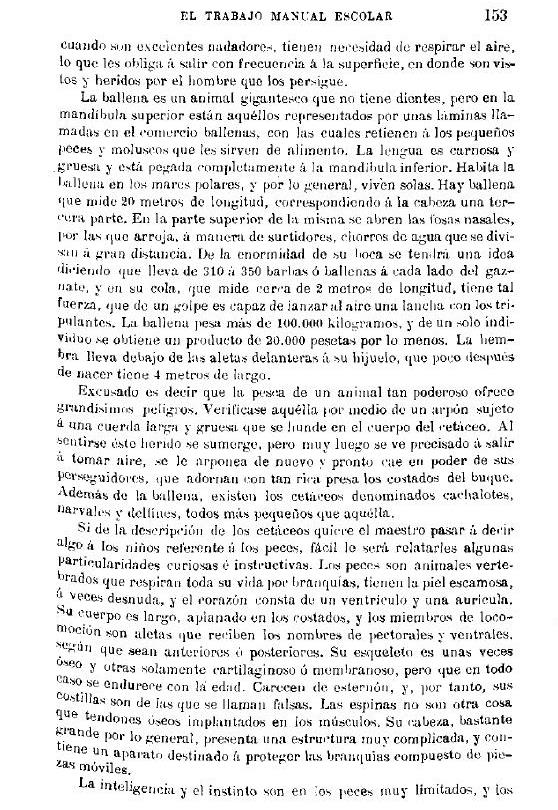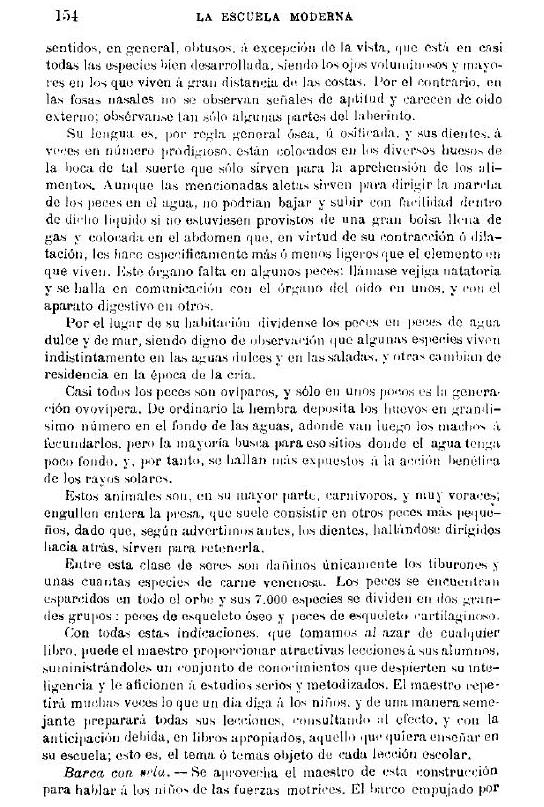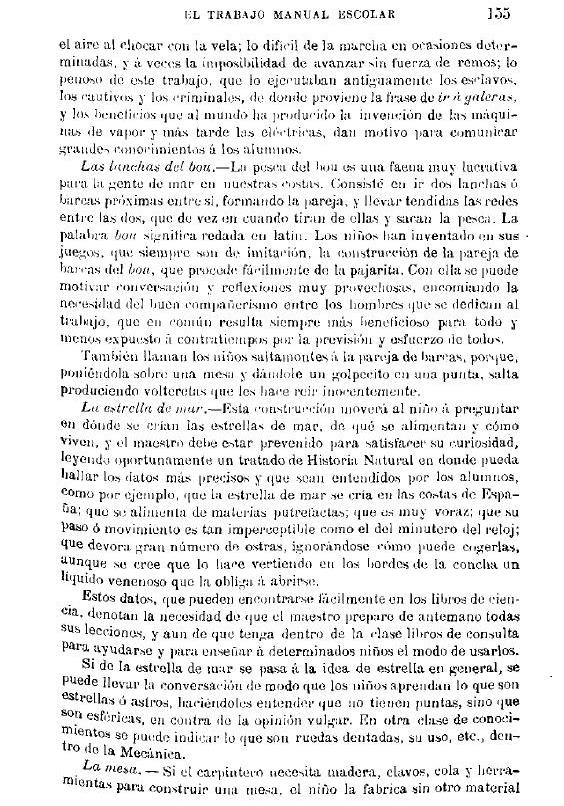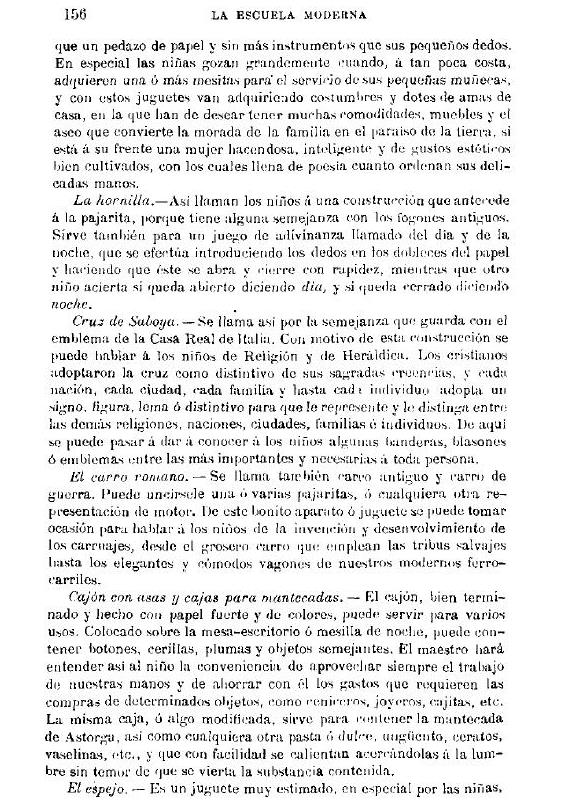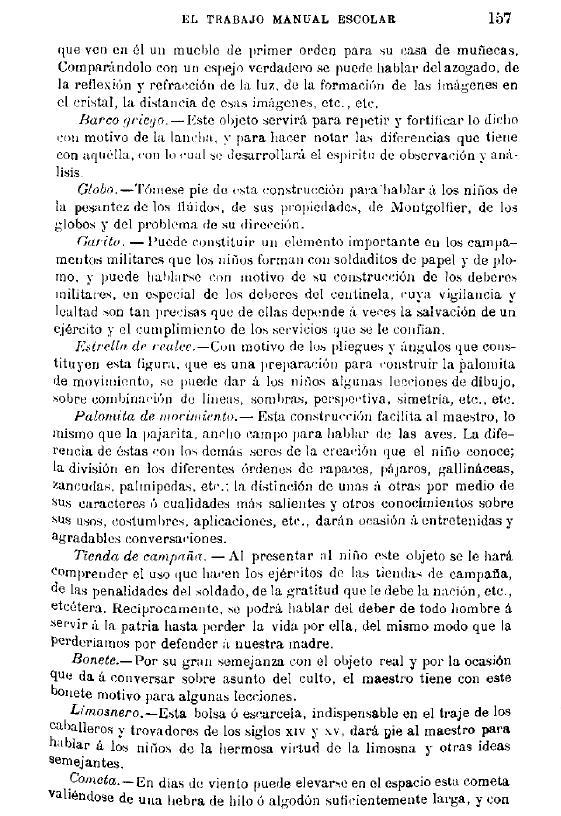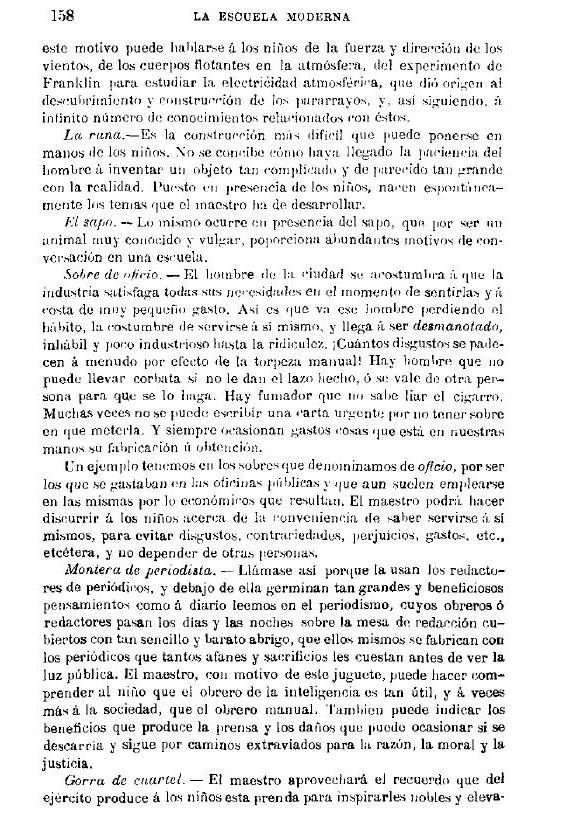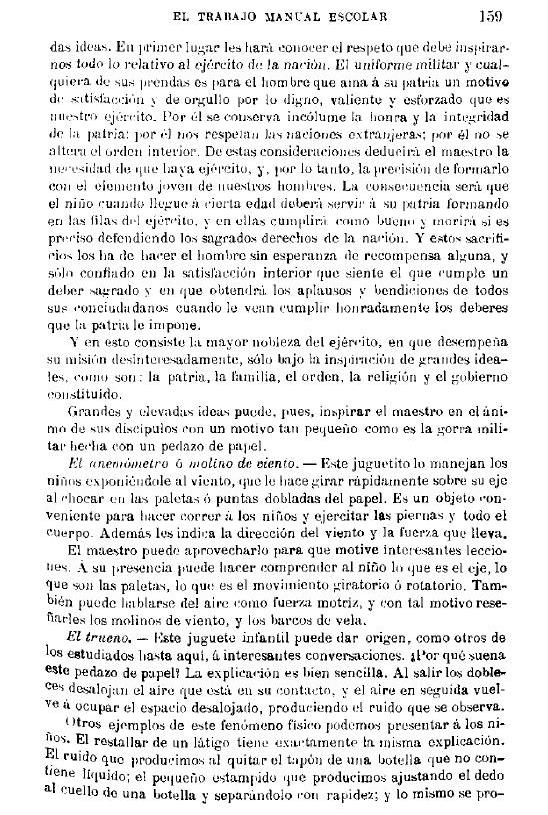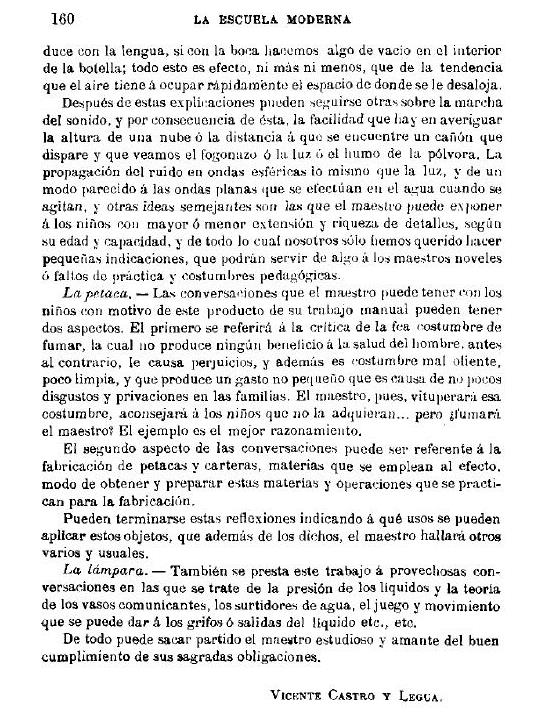| The Public Paperfolding History Project
x |
|||||||
| Article in La Escuela Moderna by Vicente Castro Legua, February 1907 | |||||||
A series of articles about activities using paper and cardboard on the Froebelian model by Vicente Casto Legua were published in the Spanish magazine 'La Escuela Moderna' between December 1906 and November 1909 under the title 'El trabajo manual escolar'. Information pertinent to paperfolding history which appeared in those articles is given below. The articles were subsequently published in a single volume in 1910, in Madrid, also by Los Sucesores de Hernando, under the same title. Information from Juan Gimeno. I have not been able to access a copy of the 1910 book and I do not know if it contains additional material not published in the articles. It is interesting to compare the forms mentioned in these articles with those illustrated in 'Cuestiones de Pedagogía Práctica Medios de Instruir' by the same author which was published in 1893. A summary of the content of those of the original articles which contain material pertinent to paperfolding history and links to the full text of the articles are given below: There was an introduction to the series in issue 189 of December 1906 which included a few crease patterns. I have not included this material on this page. http://hemerotecadigital.bne.es/issue.vm?id=0001312053&search=&lang=es Issue 190 of January 1907 contained two sections: Part 2 - Objects from square paper and Part 3 - Ornamental Rosettes. Part 2 is included in full below. The Ornamental Rosettes are typical Froebelian Forms of Beauty. http://hemerotecadigital.bne.es/issue.vm?id=0001312488&search=&lang=es Issue 191 of February 1907 contained Part 4 - Objects and toys from rectangular paper which included further notes about these and the objects from square paper mentioned in Part 2. http://hemerotecadigital.bne.es/issue.vm?id=0001312903&search=&lang=es Issue 192 of March 1907 - Paper weaving and strip folding - http://hemerotecadigital.bne.es/issue.vm?id=0001313283&search=&lang=es Issue 193 of April 1907 - Polyhedral nets - http://hemerotecadigital.bne.es/issue.vm?id=0001313704&search=&lang=es Issue 195 of June 1907 - The Pentagonal Knot and some material about cutting symmetrical patterns - http://hemerotecadigital.bne.es/issue.vm?id=0001314478&search=&lang=es ********** Issue 191 of February 1907 - Objects and toys from rectangular paper (Part 4) 12 designs are listed on the second page of this article. 1. Sobre de oficio (Office envelope) No illustration of this design is given and I cannot definitively identify the design from the instructions. It may be a description of the standard envelope design of a rectangle surrounded by four triangular flaps which are then closed so that they overlap and are glued together. ********** 2. Tarjetero (Card holder) No illustration of this design is given and I cannot identify it from the instructions given. The text says, roughy translated, 'It is usually used to carry cards, papers, bills etc and carried comfortably in the breast pocket of the coat, jacket etc, and even in the hand as the ladies usually do.' ********** 3. Gorra de cuartel (Barracks Cap) In the text this design is also called la gorra antigua de cuartel (the old barracks cap). The instructions in part 3 say:
Roughly translated, the relevant section says, 'Take a sheet of paper approximately square, fold along its long axis ... fold the short sides inwards by two about centimetres and glue these down to make a bag ...' ********** 4. Montera de periodista (Journalist's hat) - The Newspaper Hat
The notes say, inter alia, that it is called a montera de periodista because, roughly translated, 'it is used by newspaper editors, and under it great and beneficial thoughts germinate as journalism is daily carried out, whose copywriting editors spend their days and nights at the editing table covered with such cheap and simple garments, which they make themselves with the newspapers that cost them so much effort and sacrifices before seeing the public light.' ********** 5. Bandeja para pildoras (Pill tray) -
The text says, roughly translated, that 'It is a simple construction that can be used for what its name indicates, as well as for a box for mantecadas, rings etc'. ********** 6. Papaleta para polvos (package for powder) - The Rectangular Packet
The text, roughly translated, says this is 'of great use in offices, pharmacy and many other establishments'. ********** 7. Cucurucho y molinete (Cone and windmill) - The Grocer's Cone and The Flying Cone No illustrations are provided in this section. The instructions tell how to make a basic rolled cone and to fold the tip over to seal it. As far as I can tell there is no mention of the molinete in the text. However they do say, roughly translated, 'If we fold the upper end of the cone inwards and in the opposite we place an oval piece of paper the sides may be rolled inward, resembling a person in a cut down suit.'
The instructions for the molinete say, roughly translated, 'It is built by cutting the upper edge of the cone and then folding out perpendicular teeth ... Inside the cone a small stone, a piece of bread, and even a little saliva is enough to provide weight. If it is thrown from a high place such as from a balcony to the streetit will fall spinning, which produces great joy in children ...' ********** 8. Saeta o flecha (bolt or arrow) - The Paper Dart No illustration of this design is provided but from the description it seems to be the standard Paper Dart although with two slits in the back edge to provide an aileron. ********** 9. Trueno (Thunder) - The Banger In the text this design is also called el tronera or tronador.
********** 10. Capilla (Shrine)
********** 11. Petaca (Pocket)
********** 12. Lampara (Lamp) No illustration of this design is provided. It appears to be a way of making an oil lamp from a cone but I cannot reproduce the design from the instructions. ********** Here, for those who speak Spanish, is the full text of the article. If you can help me resolve any of the issues relating to identification of the designs I will be most grateful.
********** |
|||||||


